The forgery of the Donation of Constantine: A historical lie and its impact on Church authority
The Donation of Constantine is one of the most infamous forgeries in the history of Western Christendom, a fabricated document that profoundly influenced the trajectory of medieval political and ecclesiastical power. Purporting to be an imperial edict from the Roman Emperor Constantine I, the document granted vast temporal and spiritual authority to the Pope, including dominion over the Western Roman Empire. This forgery served as a cornerstone for the medieval papacy’s claim to secular authority, even after its fraudulent nature was exposed during the Renaissance. In this post, we critically examine the origins, content, and implications of the Donation of Constantine, and we explore how the Roman Church used this fabrication to solidify its secular power.
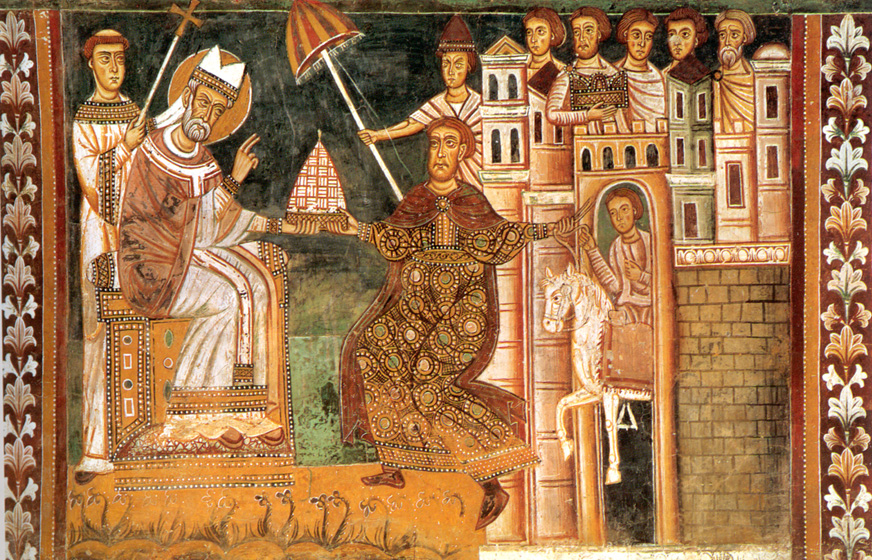
A 13th-century fresco of Sylvester I and Constantine the Great, showing the purported Donation, Santi Quattro Coronati, Rome. Source: Wikimedia Commonsꜛ (license: public domain)
Contents of the forged document
The Donation of Constantine purported to be an official decree issued by Emperor Constantine in the 4th century. According to the document, Constantine, in gratitude for his miraculous healing from leprosy by Pope Sylvester I, bestowed upon the Pope and his successors vast temporal and spiritual powers. These included:
- Authority over all churches in the Roman Empire.
- Control of Rome and the entire Western Roman Empire.
- The right to wear imperial regalia and act as Constantine’s equal in power and dignity.
The document also claimed that Constantine transferred his imperial capital from Rome to Constantinople, leaving the city of Rome and its surrounding territories under papal control. This narrative sought to provide divine and historical legitimacy for the Pope’s dual role as spiritual leader and secular ruler.
Origins and fabrication
The Donation of Constantine was forged in the 8th century, most likely during the papacy of Stephen II (752–757) or shortly thereafter. This period marked a critical juncture in the relationship between the papacy and secular rulers. The Byzantine Empire, which had traditionally exerted influence over Rome and central Italy, was losing its grip on the region due to internal crises and external pressures. In this power vacuum, the papacy sought to assert its independence and secure territorial authority, particularly through alliances with emerging powers in the West, such as the Frankish kings.
The Donation of Constantine was crafted to serve these political and territorial ambitions, retroactively providing a divine and historical foundation for the Pope’s claim to secular power. Its content reflects the papacy’s pressing need to legitimize its growing authority, particularly in light of the Donation of Pepin (754–756), through which Pepin the Short formally granted the Papal States to the Pope.
The forgery’s language, content, and anachronisms betray its true origins:
- Linguistic analysis: The Latin style of the document aligns with 8th-century norms rather than the 4th-century conventions of Constantine’s time.
- Conceptual inaccuracies: It references political structures and ecclesiastical titles that did not exist during Constantine’s era, such as the notion of the “Western Roman Empire”.
- Political context: The document aligns too conveniently with the papacy’s strategic goals of the 8th century, suggesting it was a tool created to address contemporary needs rather than a historical record.
The forgery’s timing and content underscore its purpose as a calculated response to the challenges faced by the Church in consolidating its temporal authority in the post-Byzantine era of Italy.
The Church’s use of the donation
The Donation of Constantine became a critical tool in the papacy’s assertion of secular authority. It was first explicitly cited in the mid-ninth century by Pope Nicholas I, who used it to bolster claims of papal supremacy over secular rulers. By the High Middle Ages, the document was routinely invoked to justify the Pope’s role as a temporal ruler and arbiter in European politics.
The forger’s intent was clear: to provide the papacy with a divine and historical foundation for its dual authority over spiritual and secular matters. The document was particularly useful in disputes with the Holy Roman Emperors, allowing the papacy to assert its primacy over rulers who claimed their authority stemmed directly from God.
The exposure of the forgery
The fraudulent nature of the Donation of Constantine was definitively exposed during the Renaissance by the humanist scholar Lorenzo Valla in his Discourse on the Forgery of the Donation of Constantine (1440). Using philological analysis, Valla demonstrated that the language and style of the document were inconsistent with 4th-century Latin, exposing its anachronisms and logical inconsistencies.
Valla’s work was a landmark in historical criticism and an early example of how Renaissance humanism challenged longstanding ecclesiastical authority. Despite its exposure as a forgery, the Donation of Constantine continued to influence papal claims, as the institutional Church was slow to acknowledge the implications of Valla’s findings.
Otto I and the confirmation of secular power
Although the Donation of Constantine was a forgery, the papacy’s secular claims were later legitimized by other means, particularly through alliances with powerful rulers like Otto I, the Holy Roman Emperor. Otto’s coronation by Pope John XII in 962 established the Ottonian system, which bound the papacy and the empire in a reciprocal relationship. Otto confirmed and expanded the Pope’s secular authority, granting territorial rights and reinforcing the Pope’s position as a temporal ruler.

Meeting of Otto I and Pope John XII, after a drawing from around 1450. Source: Wikimedia Commonsꜛ (license: public domain)
This development highlights a paradox: while the Donation of Constantine was a fabrication, the papacy’s secular authority became entrenched through subsequent political and legal agreements – however, based on a lie. These alliances reveal the pragmatic and mutable nature of medieval power structures, where legitimacy was often constructed through a combination of tradition, political necessity, and legal fiction.
Implications and criticism
The reliance of the Church on the Donation of Constantine raises significant ethical and theological questions. The Church, as the self-proclaimed “guardian of truth and morality”, based its secular authority on a lie. This reliance undermined the Church’s moral credibility, particularly in its conflicts with secular rulers and reform movements.
Moreover, the Donation of Constantine exemplifies the dangers of conflating spiritual authority with temporal power. By using the document to justify territorial and political ambitions, the papacy further deviated from the spiritual mission of the Church. Critics, from Valla to the Protestant Reformers, seized upon this inconsistency to challenge the legitimacy of papal authority.
Conclusion
The Donation of Constantine stands as a stark reminder of the lengths to which institutions will go to secure power. Its fabrication and subsequent use by the papacy reveal a complex interplay between faith, politics, and historical narrative. While the document was ultimately exposed as a forgery, its influence endured, shaping the medieval Church’s role as both a spiritual and temporal authority.
The story of the Donation of Constantine underscores the importance of critical inquiry and historical analysis in challenging entrenched narratives. It also serves as a cautionary tale about the ethical costs of using deception to achieve political ends, particularly in the context of religious institutions. The legacy of this forgery continues to resonate in debates over the nature of ecclesiastical authority and the relationship between faith and power, highlighting the enduring impact of a historical lie on the trajectory of Western Christendom.
References and further reading
- Karlheinz Deschner, Kriminalgeschichte des Christentums: Bd. 4 Frühmittelalter - Von König Chlodwig I. (um 500) bis zum Tode Karls ‘des Großen’ (814), 1997, Rowohlt Taschenbuch Verlag, ISBN: 9783499603440
- Duffy, E., Saints and sinners: a history of the popes, 2015, Yale University Press, ISBN: 978-0300206128
- Ullmann, W., The growth of papal government in the Middle Ages: a study in the ideological relation of clerical to lay power, 2009, Routledge, ISBN: 978-0415555753
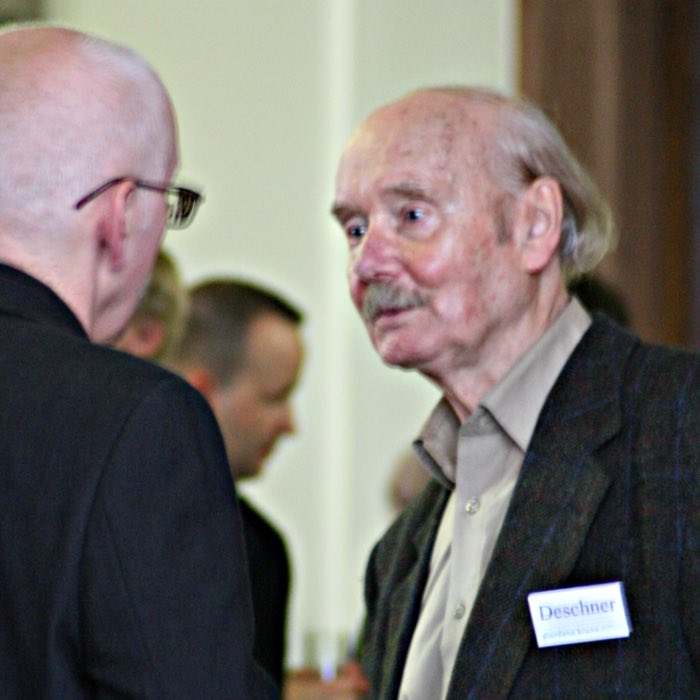
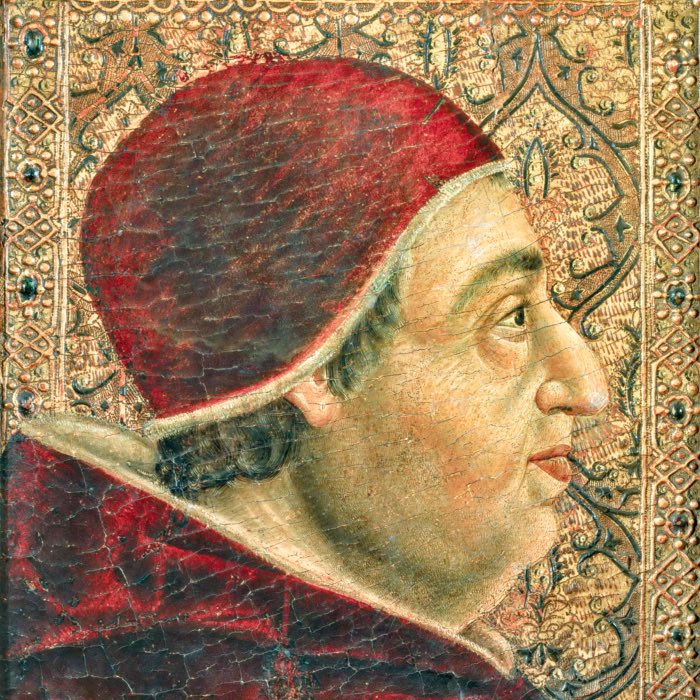
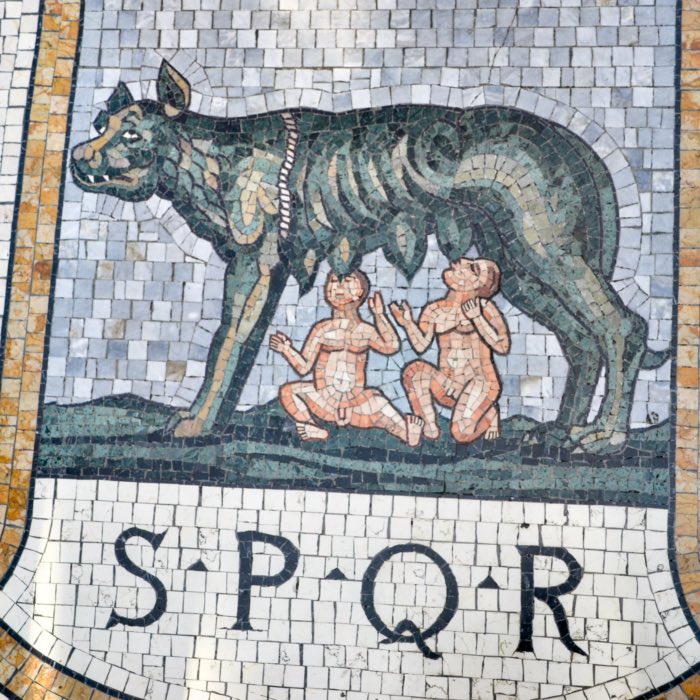
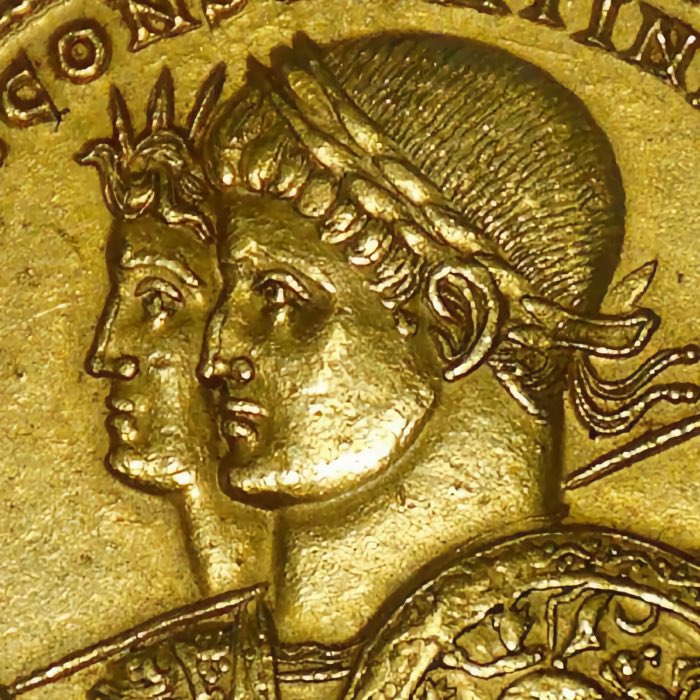
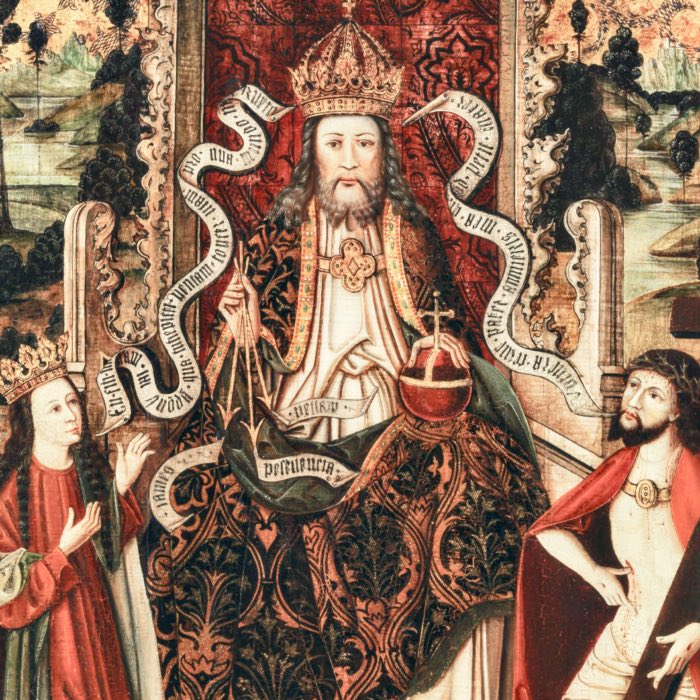
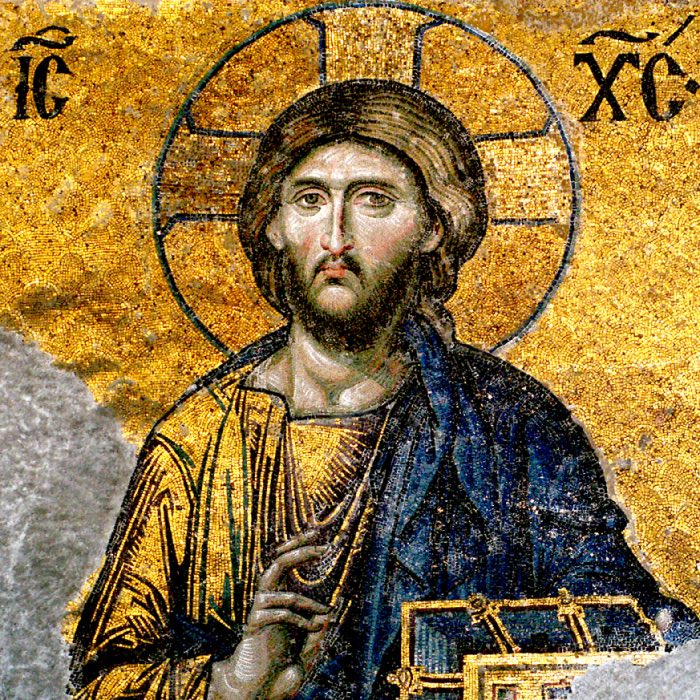

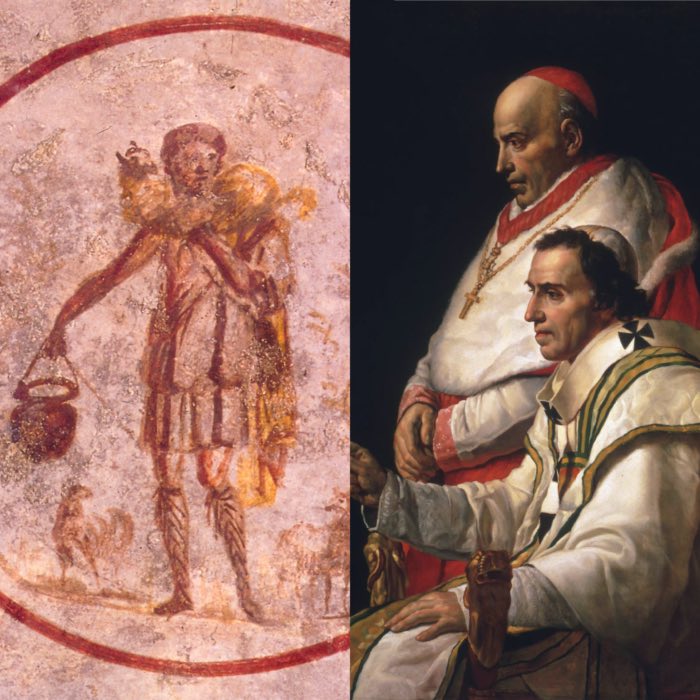
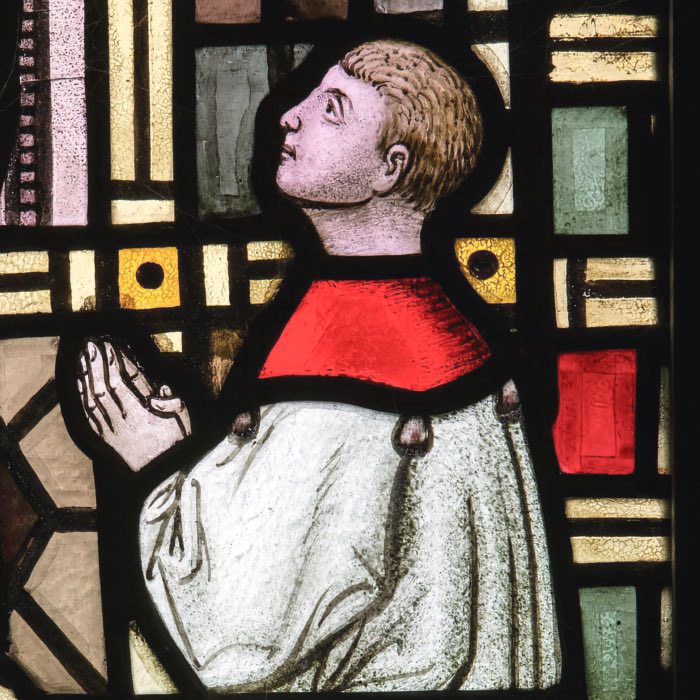
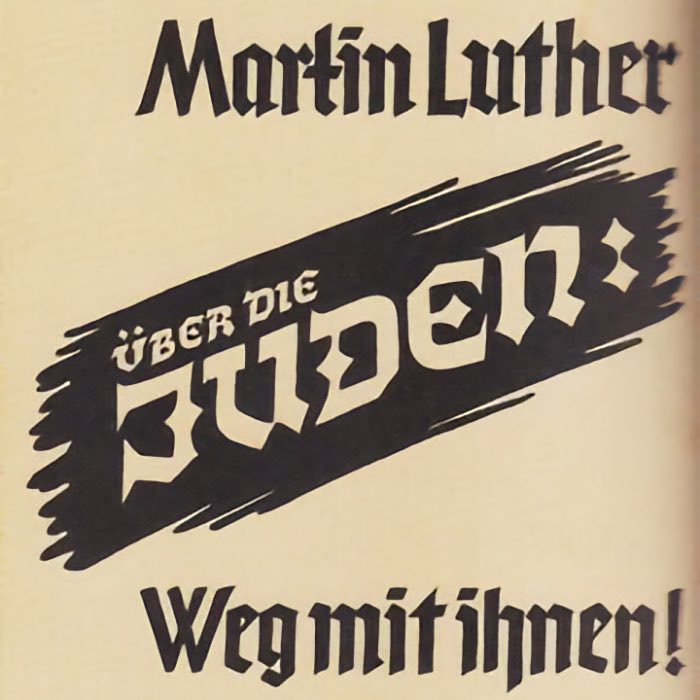
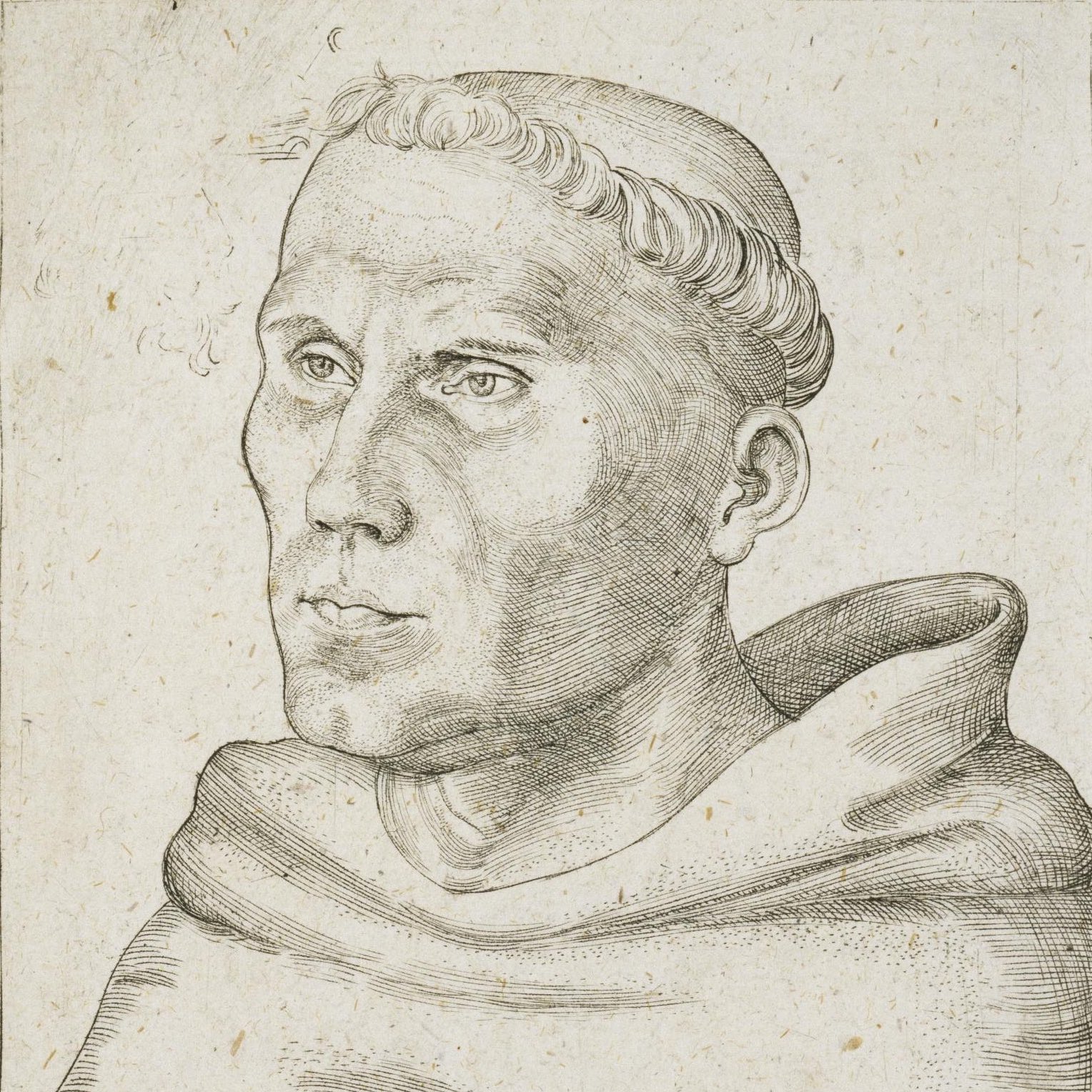
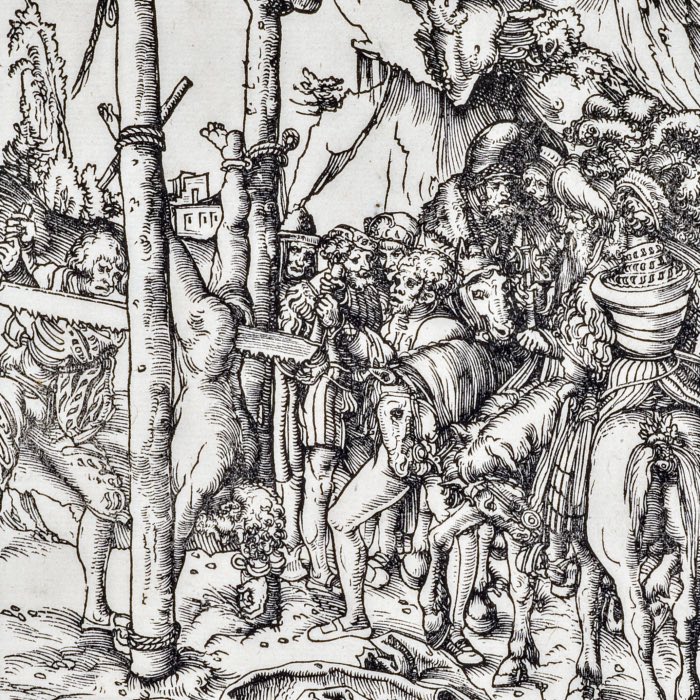
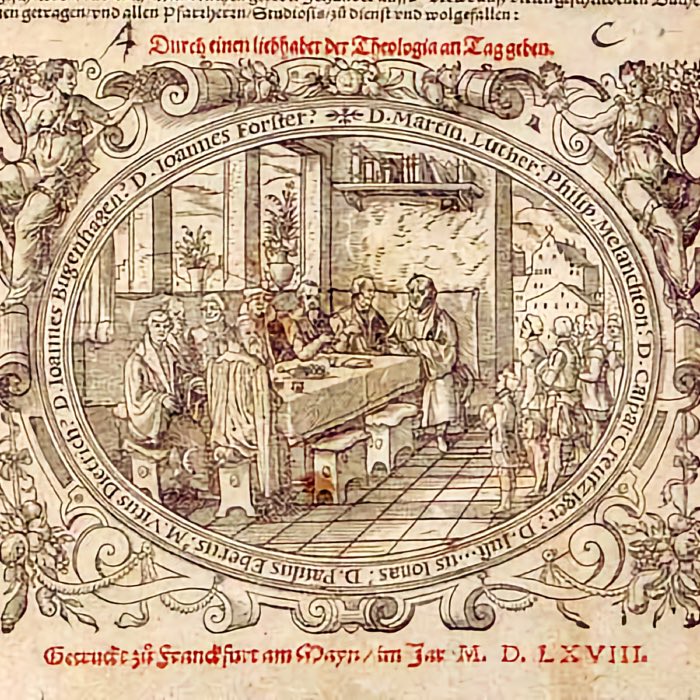
comments